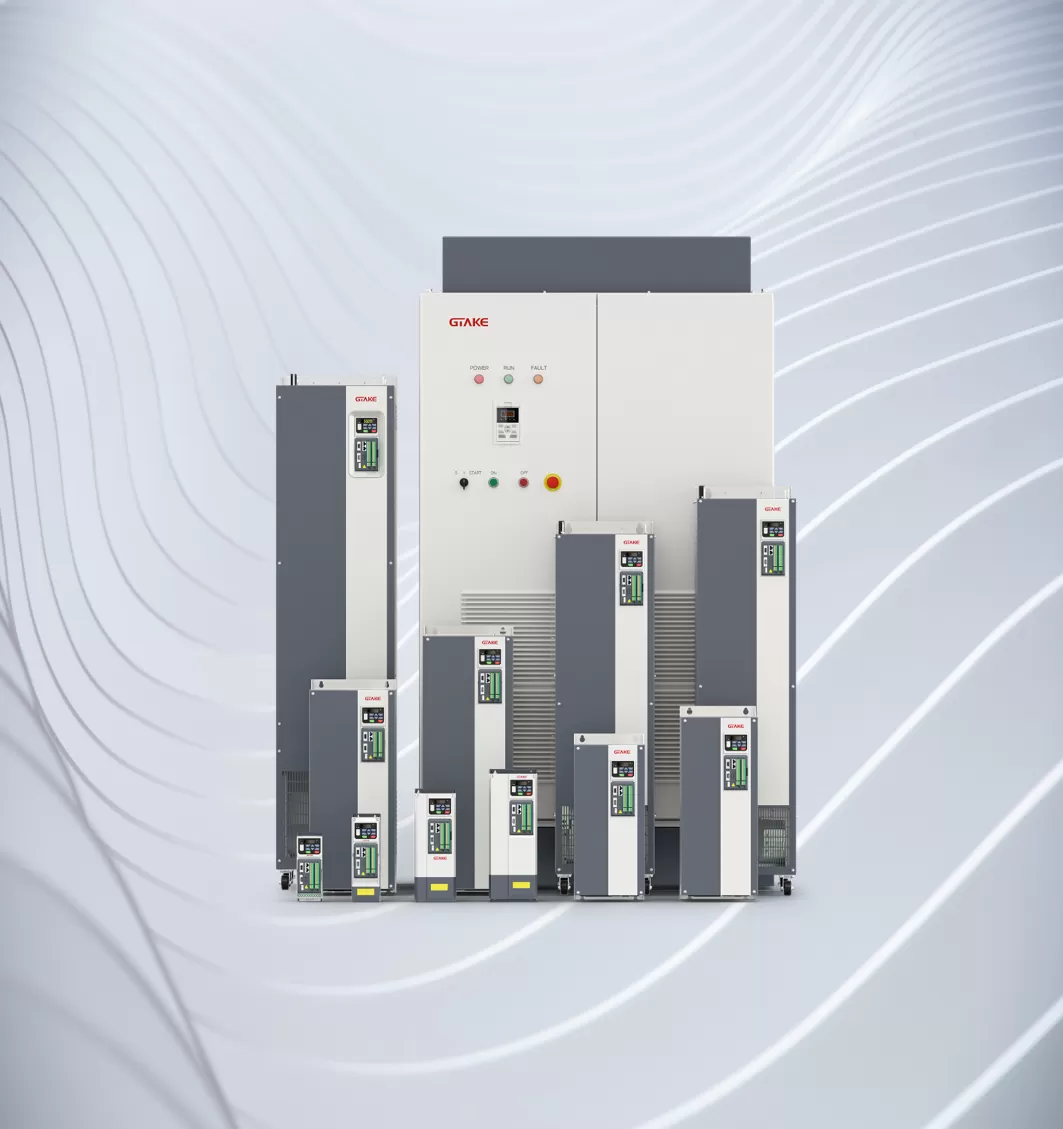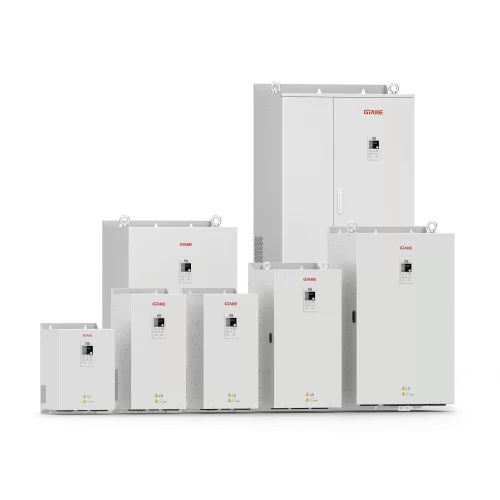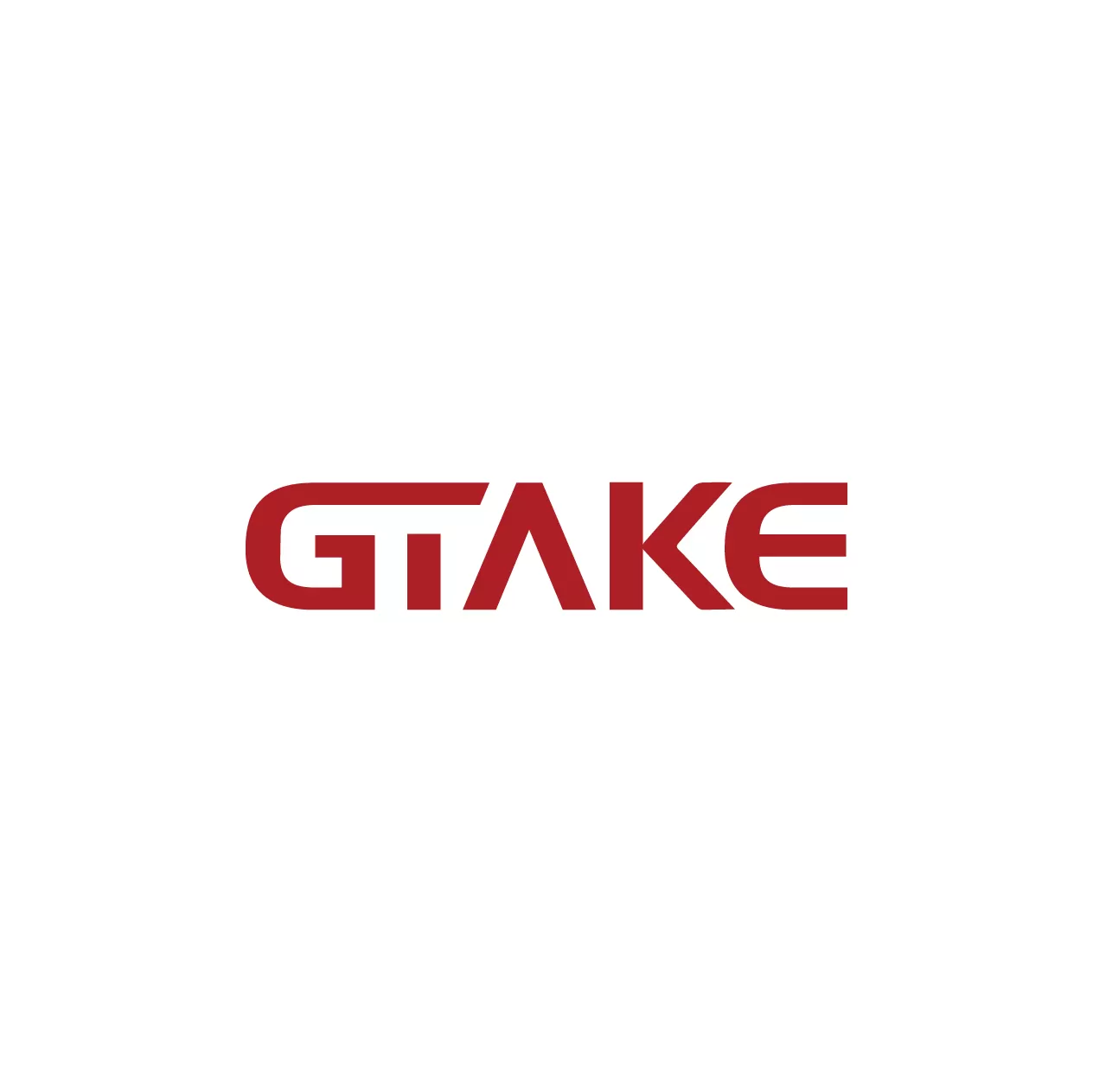In today’s industrial and everyday applications, power supplies play a vital role in ensuring that machines and devices operate smoothly. Among the different types, the AC/DC power supply is one of the most important because it allows devices to convert electricity into a usable form. This is especially critical in systems like AC drives, which depend on stable and efficient energy conversion. To fully understand this connection, it’s important to explore how AC and DC power work and why the right power source matters.
What Is a Power Supply?
At its core, a power supply is a device that converts electrical energy from a source into the correct voltage and current needed by equipment. Without it, devices would not be able to function properly. Power supplies can be internal, such as those built into computers, or external, such as phone chargers.
There are also differences between regulated and unregulated power supplies. A regulated supply provides consistent output even if the input voltage changes, while an unregulated supply can fluctuate with the source. This difference is especially important in industrial environments, where machines rely on steady power to avoid downtime.

Alternating Current (AC) vs. Direct Current (DC)
To better understand why AC/DC conversion is necessary, it helps to know the difference between AC and DC. Alternating current (AC) changes direction periodically, making it suitable for long-distance transmission from power plants to homes and factories. Direct current (DC) flows in only one direction, making it ideal for electronic devices, batteries, and control systems.
Since most electrical grids deliver AC power, but many machines and electronic systems require DC, an AC/DC power supply bridges this gap. A DC power source, such as a battery or solar panel, can provide direct current, but in industrial systems, it is usually the AC/DC converter that ensures stable and efficient operation.
Types of AC/DC Power Supplies
Not all AC/DC power supplies are the same. The two main types are linear power supplies and switching power supplies (SMPS).
- A linear supply is simple and produces very low noise, which is good for sensitive equipment. However, it is bulky and less efficient.
- A switching power supply uses modern electronic components to achieve high efficiency and compact size. This makes it the preferred choice in industrial systems and AC drives.
In applications where space, energy savings, and reliability are critical, switching power supplies provide the best performance.
Role of AC/DC Power Supplies in AC Drives
An AC drive (also known as a variable frequency drive) controls the speed and torque of electric motors. To do this, it first converts AC power into DC power through an AC/DC power supply. This DC bus is then converted back into AC with variable frequency, allowing precise motor control.
This process shows why the DC power source inside an AC drive is so critical. A stable DC supply ensures that the drive can deliver accurate motor speed, reduce mechanical wear, and improve energy efficiency. Without a reliable AC/DC conversion stage, the entire drive system would be unstable.
Single-Phase vs. Three-Phase Power Supplies
Power supplies can be designed for single-phase or three-phase systems. Single-phase supplies are common in homes and small equipment, while three-phase supplies are widely used in industry due to their ability to deliver more power consistently.
For example, in electric vehicle charging, AC/DC converters can be single-phase for home charging or three-phase for fast industrial charging stations. In the same way, AC drives in factories often rely on three-phase AC inputs to ensure stable motor operation.
Benefits of Efficient AC/DC Power Supplies in Industrial Applications
Using high-quality AC/DC power supplies brings multiple benefits. First, they improve energy efficiency by reducing losses, which directly lowers operating costs. Second, they allow precision control when paired with AC drives, ensuring smooth motor performance and extending equipment life.
Additionally, efficient power supplies offer system protection by minimizing voltage spikes and electrical disturbances. They also support more compact designs, making it possible to integrate powerful systems into smaller enclosures without sacrificing reliability.

Key Considerations in Choosing AC/DC Power Supplies
When selecting the right AC/DC power supply, there are several important factors to consider. The first is ensuring the output power matches the needs of the device or motor being used. The second is checking the conversion efficiency, as higher efficiency reduces energy waste.
Compatibility with AC drives and other control systems is also essential. Finally, the power supply should meet environmental demands such as temperature, vibration, and humidity tolerance, especially in industrial settings where conditions can be harsh.
Conclusion
From household electronics to heavy industrial systems, AC/DC power supplies and DC power sources are at the heart of modern electrical systems. Their role in supporting AC drives is especially important, as they ensure motors operate efficiently, precisely, and reliably. Choosing the right power supply not only enhances performance but also extends equipment lifespan while reducing operating costs.
For industries looking to improve motor control and energy efficiency, GTAKE provides advanced AC drives and reliable power solutions designed for demanding applications. With deep expertise in motor control technology, GTAKE helps businesses achieve higher precision, better performance, and long-term reliability.
